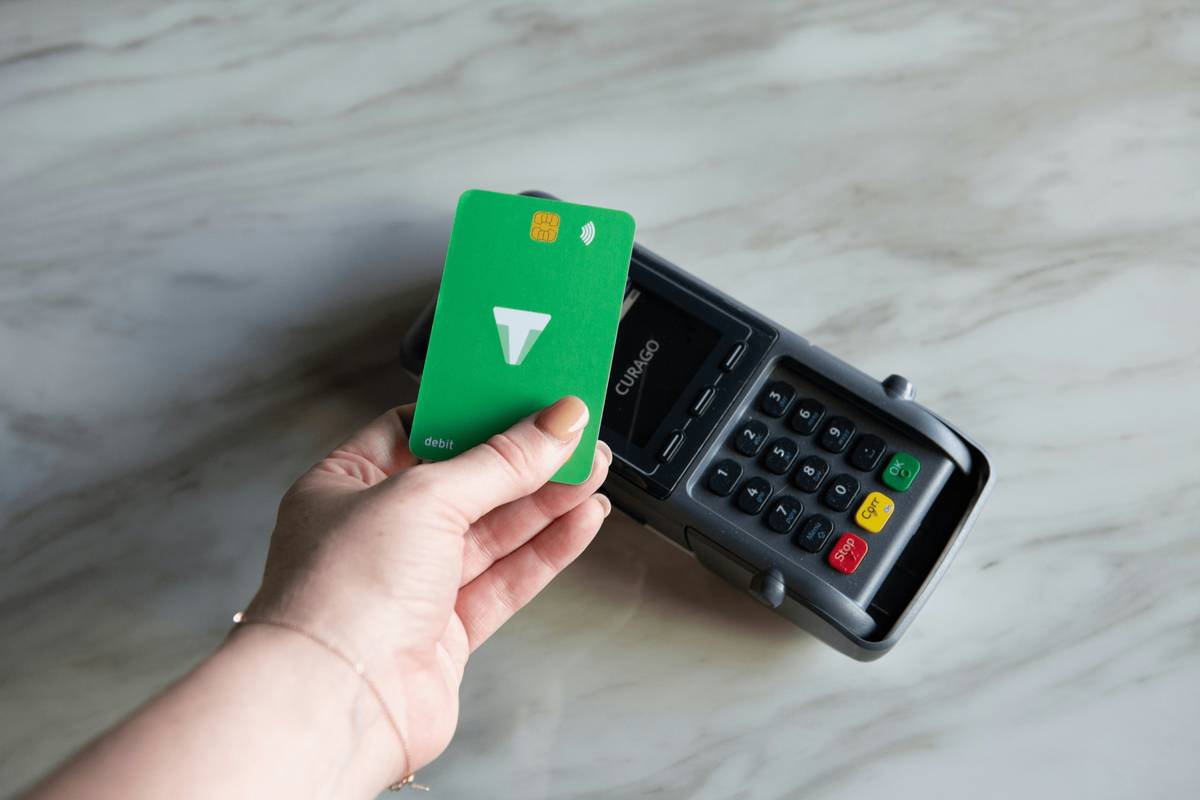Ever tried applying for a joint credit card, only to feel like you’re filling out tax forms in another language? You’re not alone. Navigating the joint credit card application process can be as confusing as deciphering your partner’s secret coffee order at Starbucks—trust me, I’ve been there.
In this blog post, we’ll break down everything you need to know about the joint credit card application process, from common pitfalls to actionable steps that will have you approved faster than you can say “shared rewards.” By the end, you’ll learn how to choose the right card, submit a strong application, and avoid costly mistakes. Let’s dive in!
Table of Contents
- The Problem with Joint Credit Card Applications
- Step-by-Step Guide to Filing Your Application
- Best Practices for Approval Success
- Real-Life Examples & Case Studies
- Frequently Asked Questions About Joint Cards
Key Takeaways
- A joint credit card involves shared responsibility—you both win or lose together.
- Miscommunication during the application process can lead to delays or rejections.
- Choosing the right card based on rewards, interest rates, and fees is critical.
- Submitting incomplete applications is *the* biggest rookie mistake (don’t do it).
What Makes Joint Credit Card Applications So Complicated?
Let me paint a picture. A few years ago, my best friend and I decided to apply for a joint credit card to manage our travel expenses. Rookie move alert: We filled out separate parts of the form independently, assuming we’d meet harmony halfway. Spoiler alert—our application got flagged because one section didn’t match the other perfectly. The lesson? Disorganization equals disaster.
But why does this happen so often? For starters:
- Credit card companies require full financial transparency from both parties.
- Both applicants’ credit scores are scrutinized, which means either person’s low score could derail the entire application.
- Banks expect absolute consistency between answers given by co-applicants.

Figure 1: Why joint applications sometimes feel like solving a Rubik’s Cube blindfolded.
How to Navigate the Joint Credit Card Application Process Without Losing Sleep
Optimist You: “It’s super easy!”
Grumpy Me: “Ugh, fine—but only if you follow these steps carefully.”
Step 1: Evaluate Both Parties’ Financial Health
Before even looking at credit cards, pull both of your credit reports. Banks look at the average of both credit scores, meaning one weak link can sink the ship. Tools like Credit Karma make checking this painless.
Step 2: Choose the Right Card Together
Not all cards are built equally when it comes to joint applicants. Prioritize ones offering perks relevant to your lifestyle: cashback for grocery lovers, miles for frequent flyers, etc.
Step 3: Gather Necessary Documentation
You’ll typically need proof of income, employment details, and valid identification. Pro tip: Keep copies on hand—it saves time later.
Step 4: Fill Out the Form Together
Sit side-by-side (or hop on a video call) while completing the form. Consistency matters more than you think. If Partner A puts $50k annual income and Partner B lists $49k…yeah, that inconsistency triggers alarms.
Step 5: Submit and Monitor Progress
Once submitted, set reminders to track status updates via email or through the issuer’s portal.

Figure 2: Applying together ensures alignment—and fewer headaches.
Best Practices to Nail the Application
- Communicate Clearly: Talk finances openly beforehand. Awkward conversations now save future heartache.
- Double-Check Inputs: Mistakes like mismatched dates or incomes will trigger red flags.
- Select Benefits Strategically: Pick features that align with shared goals, like debt consolidation or vacation planning.
- Avoid Terrible Tip Alert: Don’t apply blindly without understanding penalties for missed payments—they affect BOTH users.
Real-Life Success Stories (and Lessons Learned)
Jane and Mark, married for five years, recently used a joint credit card to renovate their home. They chose a card with a 0% intro APR offer. “We paid off half the balance within six months,” Jane recalls. “Had we gone solo, neither of us would’ve qualified for such favorable terms.”
On the flipside, Tom and Lisa faced rejection after failing to mention existing debts fully. Their takeaway? Honesty isn’t just policy—it’s strategy.

Figure 3: Using a joint card responsibly builds trust and strengthens partnerships.
FAQs About Joint Credit Cards
Q: Can anyone apply for a joint credit card?
Nope. Most issuers require co-applicants to share long-term commitments (think spouses or business partners).
Q: Will applying jointly hurt our credit scores?
Yes, temporarily. But responsible usage boosts both profiles over time.
Q: What happens if one applicant has bad credit?
Approval odds drop significantly unless the stronger applicant compensates heavily.
Conclusion
Navigating the joint credit card application process doesn’t have to feel like scaling Everest without gear. With clear communication, careful preparation, and strategic choice of card, you and your co-applicant can secure approval smoothly. Remember to always double-check inputs, prioritize mutual goals, and avoid shortcuts.
And hey, if you found value in this guide, here’s some nostalgia: Much like the OG T-Mobile Sidekick, teamwork makes personal finance magic possible.


